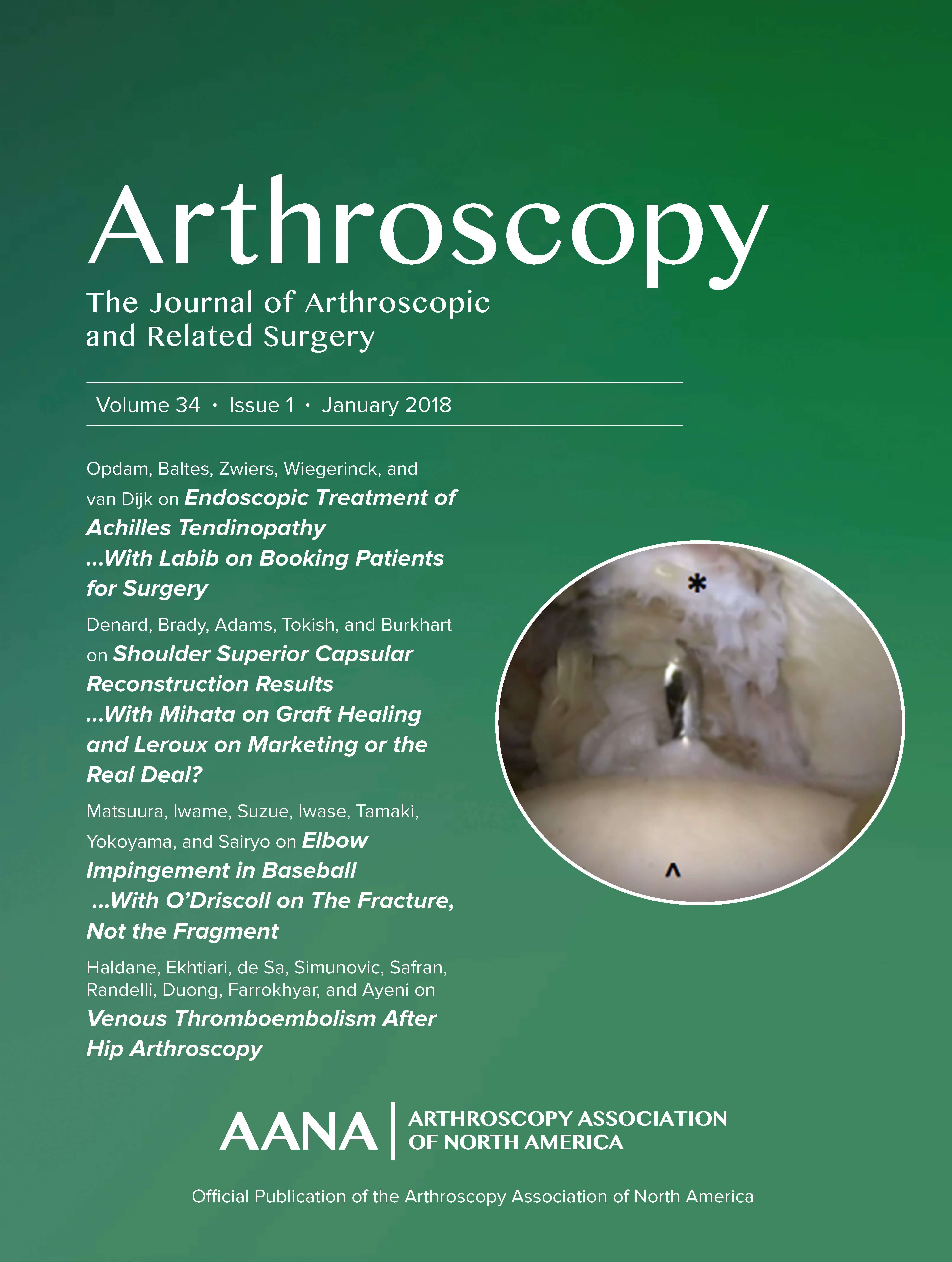
Rotator Cuff Tears With a Bioinductive Collagen Implant to decrease Retear rate

Rotator Cuff Tears With a Bioinductive Collagen Implant to decrease Retear rate
Augmentation of a Transosseous-Equivalent Repair in Posterosuperior Nonacute Rotator Cuff Tears With a Bioinductive Collagen Implant Decreases the Retear Rate at 1 Year: A Randomized Controlled Trial.
Arthroscopy. 2024 01-Jun;():. 10.1016/j.arthro.2023.12.014Synopsis
One hundred twenty-four patients with full-thickness medium-to-large posterosuperior nonacute rotator cuff tears were randomized to receive transosseous-equivalent (TOE) repair alone (n=63) or TOE repair augmented with a bioinductive collagen implant (BCI) (n=61). The primary outcome was retear rates, evaluated via MRI at 12 months. Secondary outcomes included tendon thickness, structural integrit...
To view the full content, login to your account,
or start your 30-day FREE Trial today.
FREE TRIAL
LOGIN
Forgot Password?
Explore some of our unlocked ACE Reports below!

Learn about our AI Driven
High Impact Search Feature
Our AI driven High Impact metric calculates the impact an article will have by considering both the publishing journal and the content of the article itself. Built using the latest advances in natural language processing, OE High Impact predicts an article’s future number of citations better than impact factor alone.
Continue



 LOGIN
LOGIN

Join the Conversation
Please Login or Join to leave comments.